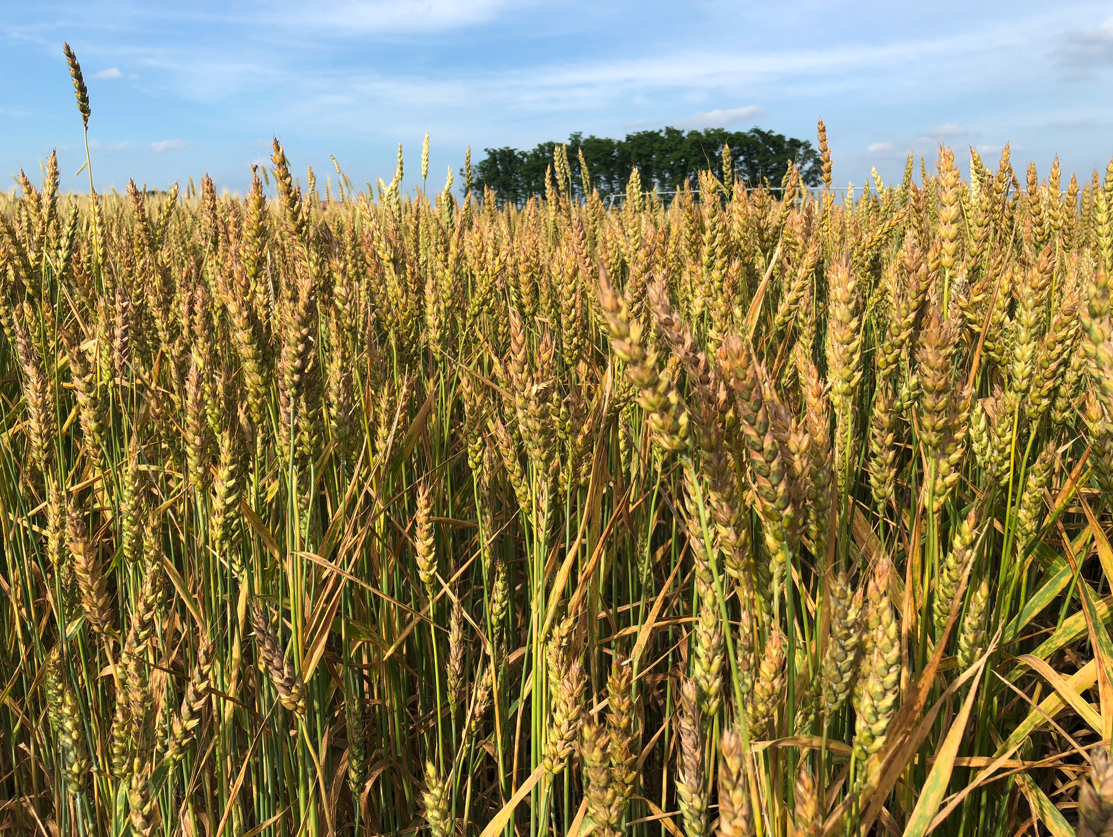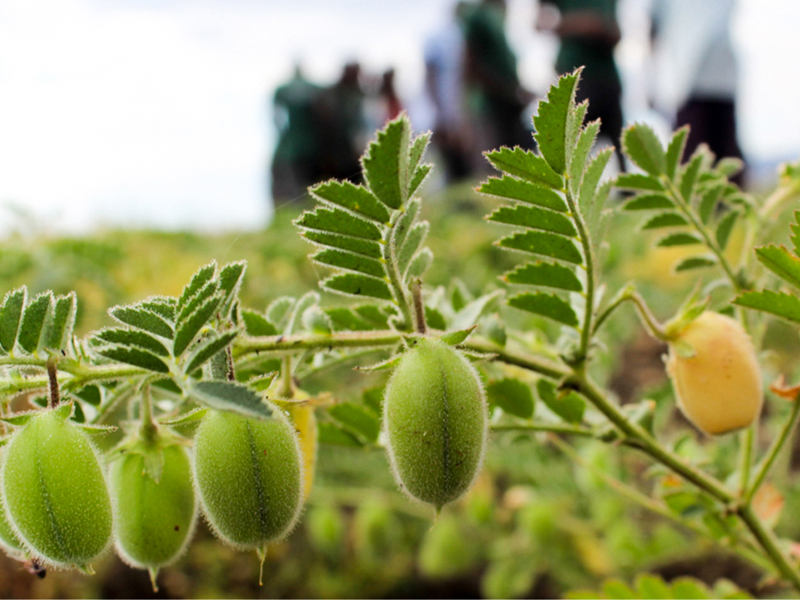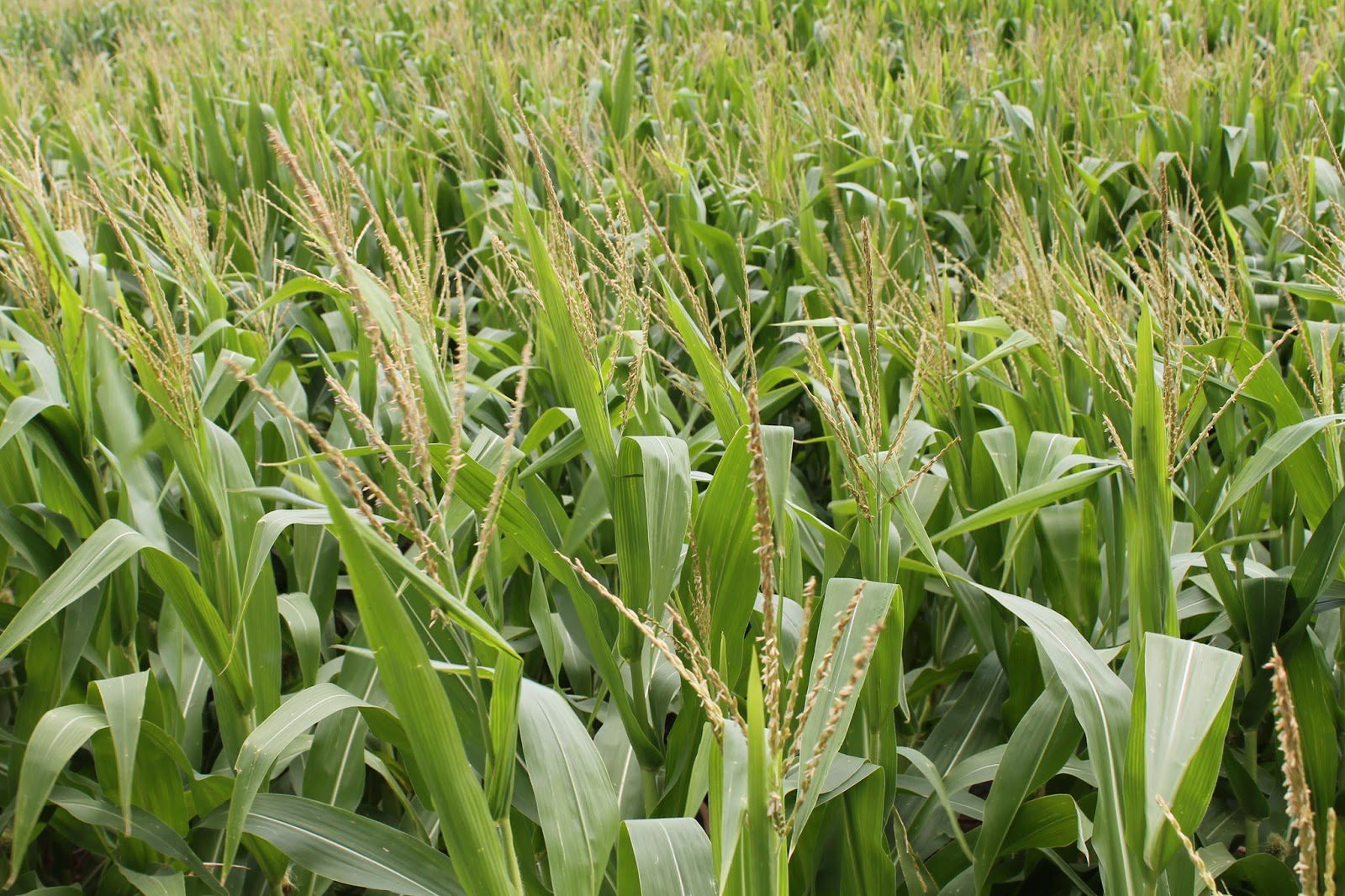Crops
 |
 |
 |
Montana AG Prices
This website allows users to compare current and historical price reports from the USDA Agricultural Marketing Service for several types of grains, hay, and cattle at several locations across Montana.
Agriculture - MSU MontGuides
Crop Resources
2024 Spring Wheat Performance Summary (pdf) |
The agronomic characteristics of spring wheat varieties evaluated by the Montana Agricultural Experiment Station are compared in this publication with other varieties commonly grown in the state. The objective of this summary is to help farmers select the varieties which will perform best in their area. Data from 2021-2024 is provided for each of the testing sites. |
2024 Winter Wheat Performance Summary (pdf) |
Intrastate trials are conducted by the Montana Agriculture Experiment Stations (MAES) across the agro-climatic zones to evaluate the performance of new developed hard red winter varieties and breeding lines in comparison to released and widely grown varieties in Montana. The data presented is provided by the research personal of MAES, NDSU and private entities. |
MSU Farm Management Presentations |
These video presentations cover a broad range of farm management. |
Pythium and cold damage issues on winter wheat and pulses AG Alert |
The Schutter diagnostic lab has recently received plant samples with symptoms of frost damage. Cold injury is often found on crops in low-lying areas where cold air presides, and damage is often sporadic in the field. |
2023 Montana Spring Wheat Variety Performance Evaluations |
2023 Montana Spring Wheat Variety Performance Evaluations (pdf) |
Wheat Streak Mosaic FAQ (pdf) |
Wheat streak mosaic is a common and economically important disease of small grains in the Great Plains States, including Montana. The disease tends to be most damaging in production areas where fall-sown small grains overlap with spring-sown small grains. This fact sheet answers commonly asked questions to help identify and manage wheat streak mosaic. |
Windbreaks and Shelter Beds: Are they Really Worth It? |
Windbreaks and shelterbelts were offered to solve devastating erosion during the 1920s dustbowl across Kansas, Oklahoma, and north Texas. The idea is that wind barriers slow wind enough to reduce the lifting and movement of soil particles by strong winds. A secondary benefit is to lessen the drying effect of wind sucking moisture out of plants and soil surfaces. |
Schutter Diagnostic Labs 2023 Annual Report |
The Schutter Diagnostic Laboratory (SDL) at Montana State University (MSU) is provided as a service to the citizens of Montana for plant pest identification and integrated pest management education. |
Lentil Fertilizer Study Results |
Montana State University scientists and their colleagues are sharing the results of a three-year study examining the importance of inoculant and sulfur fertilizer on lentil production. |
Market Vegetable Farms - Soil Characteristics and Testing (pdf) |
Knowing soil nutrient content and characteristics is necessary to make good fertilizer and irrigation management decisions. |
Market Vegetable Farms - Soil Nitrogen and Sulfur (pdf) |
Healthy soils with sufficient and balanced nutrients for plant growth are the basis for high-quality production. Managing soil fertility using plant- or animal-based materials is complex since availability of nutrients depends on biological cycles to break down materials into plant-available forms. By understanding soil characteristics and amendments (anything added to the soil), producers can select the best amendment for their goals and budgets. |
Market Vegetable Farms - Soil Phosphorus, Potassium and Micronutrients (pdf) |
By understanding soil characteristics and amendments, both organic and other producers can select the best amendment for their goals and budgets. Crop rotations are another tool to manage soil fertility. Crops, including covers crops, help catch and recycle P, K and micronutrients on site. |
United States Drought Monitor |
US Drought Information |
Protecting Winter Wheat From Grasshopper Damage (pdf) |
Emerging winter wheat, especially when surrounded by dry grassland, can be vulnerable to damage by grasshoppers. |
Montana Seed Potato Certification Program |
In Montana, certification of potatoes grown for seed is conducted by Montana State University. Certification is a voluntary program designed to encourage the production of top-quality seed potatoes through adherence to rigorous testing and inspection requirements, and through research to improve seed potato quality and testing. |
Soil Sampling Tips |
For successful soil sampling, you must submit a quality sample into the lab. Below are some points to consider before heading out to soil sample. |
Ag Across Montana - Podcast |
As the agriculture industry continues to innovate, Ag Across Montana connects producers and industry professionals within the Big Sky State to insights that help their agribusiness thrive. |
Nitrate in Groundwater by Ward Labs |
Nitrate in groundwater has been making its way into the news frequently this winter. Dr. Ray Ward discusses steps to track levels over time and ways to manage nitrate in groundwater to mitigate human health risks. |
Grasshopper Management and Control in Montana |
Grasshopper populations are cyclical, and when outbreaks occur, rangeland infestations may cause significant economic losses for producers by reducing forage available for their livestock, and farmers may see their entire crop decimated. |
Fertilizer Application on Frozen Ground |
In Nebraska, the “Bomb Cyclone” event of March 2019 is a well-documented example of why we advise to avoid amendment application on frozen or snow-covered ground. In this event, large amounts of rain fell over much of Nebraska. Soils remained frozen, preventing the rainwater from soaking into the soil. Water ran to the low spots, taking with it any fertilizer that had been applied. An unsavory decision was made: re-apply fertility or skip it for the upcoming season. In either scenario, it would be a hit to the bottom line. |
Useful Links
Montana Weed Control Association |
MWCA members are dedicated to terrestrial and aquatic invasive species management. Our members include professional weed managers representing many government agencies, private and commercial applicators, non-governmental organizations and concerned citizens. Our goal is to facilitate long-term, ecologically based, integrated noxious weed management programs throughout Montana. |
The U.S. Department of Agriculture (USDA), Montana State University and Montana State University Extension prohibit discrimination in all of their programs and activities on the basis of race, color, national origin, gender, religion, age, disability, political beliefs, sexual orientation, and marital and family status. Issued in furtherance of cooperative extension work in agriculture and home economics, acts of May 8 and June 30, 1914, in cooperation with the U.S. Department of Agriculture, Cody Stone, Executive Director of Extension, Montana State University, Bozeman, MT 59717.
